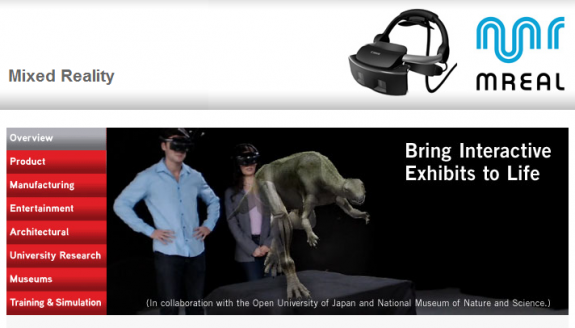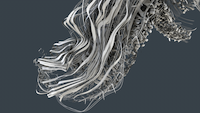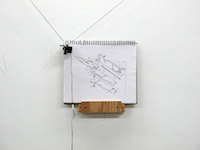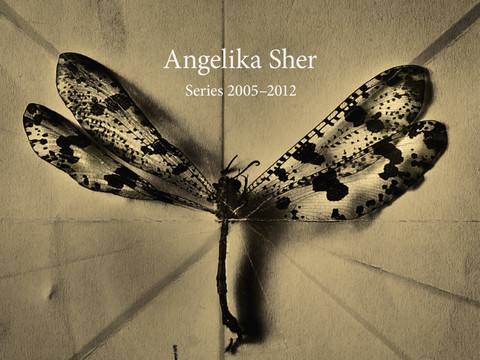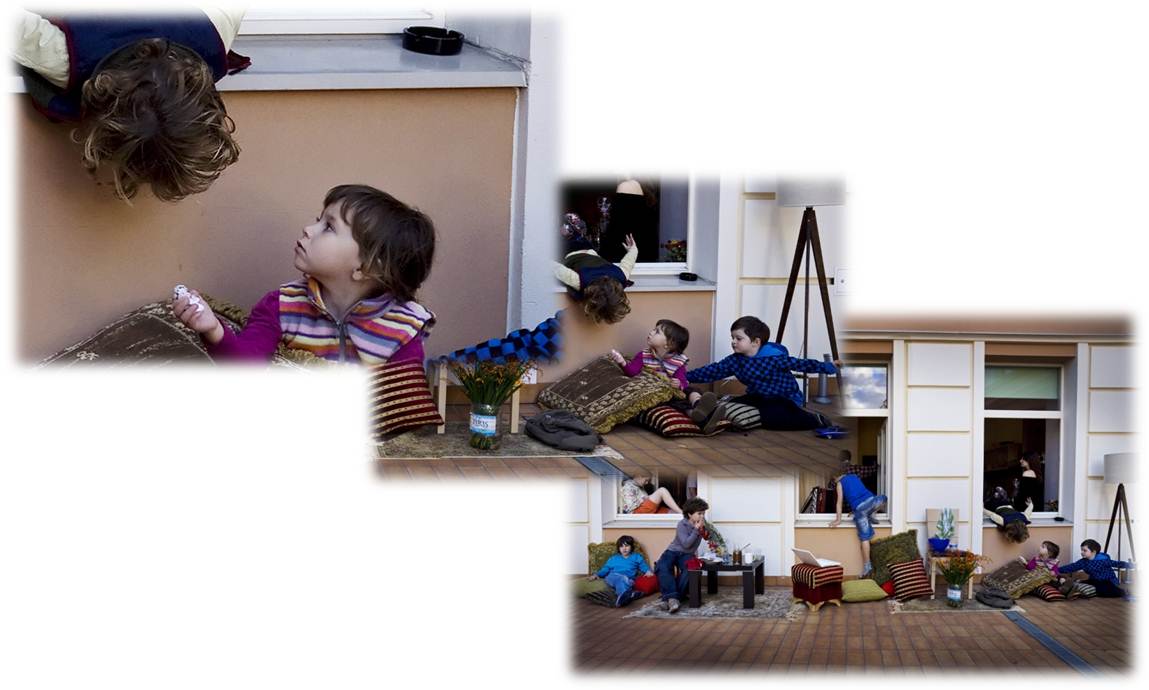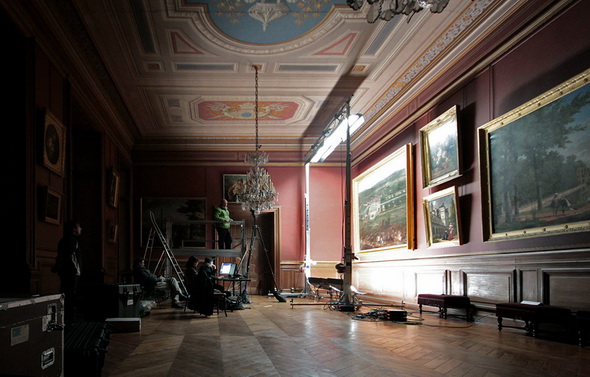DESIGNERS. Here’s a fresh example of how entrepreneurial creatives are incorporating 3D-printed designs into customized products.
Bow & Drape, the fashion brand that lets women add their personal touch to every piece, has partnered with the 3D printing marketplace Shapeways to launch a line of 3D printed, jewelry-grade metal accessories for Fall 2013.
The line includes leather belts and clutches with 3D printed hardware. The adjustable 100% leather or twill belt comes in 4 colors (black leather, tan leather, natural twill and black twill), and each customer can choose among different brass and metal buckle designs brought to life by Shapeways.
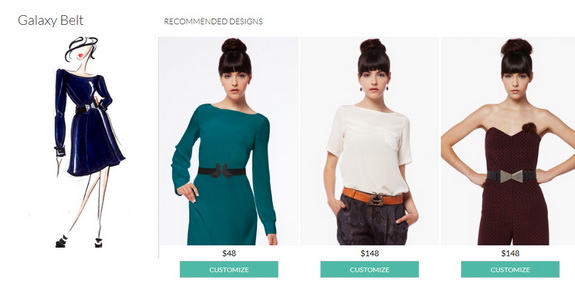
Each piece is also interchangeable so the belts function more like a collection. “They were inspired by a vintage 1970s belt from Paris,” says Creative Director and CEO, Aubrie Pagano. “We hope that our customers invest in our hardware over time. That way, women can interchange designs just as their mood changes.”
Bow & Drape’s clutches don 3D printed zipper pulls in an assortment of animals and miscellaneous shapes. .
“The decision to incorporate 3D printing technology was a natural choice for us,” says Pagano, “we are standing at the forefront of fashion and technology, so this brand of me- commerce rings true to our ethos.”
“We are thrilled to partner with Bow & Drape on their new line of 3D printed accessories,” said Carine Carmy, Director of Marketing at Shapeways. “This partnership is a natural extension of our vision at Shapeways, which aims to enable anyone to turn an idea into reality. Shapeways and Bow & Drape share the goal of helping individuals create meaningful, personalized products, and we’re inspired to see how designers are using 3D printing to bring innovation and custom design to the fashion industry.”
Bow & Drape creates modern elegant womenswear and wants women to add their personal touch to each piece. “We believe style is as unique as a fingerprint,” says Pagano, “and so we want to equip women to really own their style and choose if they would like something a little extra special. It’s a reinvention of the private client model; everyone knows designers’ most loyal and successful customers are the ones that they work with privately to create totally personalized fashions. We are simply allowing more customers access to this service model.”
How It Works
Bow & Drape works closely with CAD designers, artisans and independent printers such as Shapeways to create designs that are a strong representation of the collection. Each design is meticulously constructed to be both aesthetically beautiful and structurally sound.
Through the Bow & Drape website, women can choose the design of their 3D printed hardware from a curated selection of vintage-inspired shapes including: geometric bows, elephants, lions, carousel horses, beetles, and even lipstick. New designs will be added each season.
Shapeways will then print each belt buckle or clutch pull to order, and Bow & Drape will attach the finished metal pieces to the customer’s selected material for delivery. The customer should receive her printed accessory within two weeks.
The Fall 2013 Collection is just the beginning. Bow & Drape is exploring new ways to allow customers to place their marks on the design process. Other uses for 3D printing technology, the company believes, will open doors to new customer interaction models, new manufacturing processes and new product delivery channels.
Imagine in five years, being able to license a Bow & Drape design, modify it in CAD, and print it out in your home. “This is not a so distant reality,” Pagano says,” and we are excited to help usher in the future of fashion.”
The Fall 3D printed line is currently available and retails between $48 and $148.
About Bow & Drape
Launched in late 2012, Bow & Drape is an e-clothier and innovative womenswear brand bringing a custom-made approach to the hands of every female shopper. Recently named as one of Teen Vogue’s “10 Fashion Start Ups That Will Change the Way You Shop,” Bow & Drape merges high tech with high fashion. From hemlines to buttons to necklines to colors, Bow & Drape’s personalization technology encourages women to bring their personal touch to every detail of their wardrobe.
About Shapeways
Shapeways is one of the world’s leading 3D-printing marketplaces and online communities. The NY startup harnesses 3D printing to help anyone turn ideas into reality, making product design more accessible, personal, and inspiring.
Shapeways prints everything on-demand, which means that every order is customized and personalized.
LINKS
3D Printed Hardware on Belts and Clutches
RELATED POST
Bow & Drape Opens Custom Dressmaking E-Shop with $32K in Kickstarter Funds


